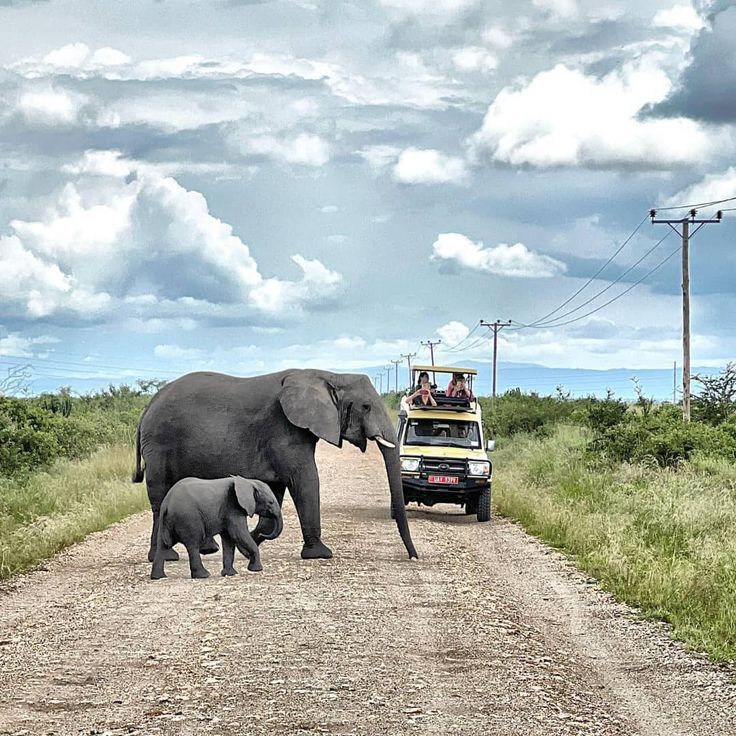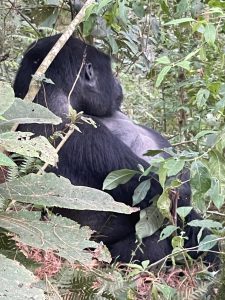Staying Connected While on Safari.
Staying Connected While on Safari. One of the most frequently asked questions about going on safari is how to stay connected to the world while exploring remote wilderness areas. Whether you need to share your travel adventures on social media, stay in touch with family, or work remotely, modern technology makes it possible to remain connected even in the heart of Africa.

Here’s everything you need to know about staying connected while on safari:
1. Mobile Network Coverage
Mobile networks in safari destinations have improved significantly over the years. Many African countries, including popular safari destinations like Kenya, Tanzania, South Africa, Uganda, and Rwanda, have robust mobile networks covering major towns, national parks, and reserves.
Network Providers: Research the local mobile network providers in your safari destination. For example:
Kenya: Safaricom and Airtel.
Tanzania: Vodacom and Tigo.
South Africa: Vodacom, MTN, and Cell C.
Remote Areas: While national parks and nearby lodges generally have coverage, some remote areas may have weak or no signal.
Pro Tip: Buy a local SIM card at the airport or a local store for affordable mobile data and call rates.
2. Internet Access

Wi-Fi is widely available in most lodges, camps, and urban areas, but the speed and reliability may vary depending on the location.
Lodges and Camps: Many luxury lodges and mid-range camps offer free or paid Wi-Fi. However, bandwidth may be limited in remote areas, making it best for basic tasks like messaging or email.
Public Areas: Airports, cafes, and city hotels often have strong Wi-Fi networks.
Mobile Data: For faster and more reliable internet, consider purchasing a mobile data package with your local SIM card. Some mobile providers offer high-speed 4G coverage in urban and safari regions.
3. Satellite Phones
For travelers venturing into extremely remote areas or embarking on multi-day trekking safaris, a satellite phone may be the best option to ensure constant connectivity.
Advantages: Satellite phones work in areas without cellular coverage, ensuring emergency contact at all times.
Disadvantages: These devices are expensive to rent or buy and typically require pre-arrangement.
Pro Tip: Check with your safari operator if satellite phone services are available or recommended for your itinerary.
4. Staying Connected While Trekking
Activities like gorilla trekking in Bwindi Impenetrable Forest or chimpanzee trekking in Kibale National Park often take you into areas with no network coverage.
Offline Options: Let your loved ones know in advance when you’ll be out of range. Use offline maps and pre-download any necessary apps or documents.
Local Guides: Guides are equipped with communication tools in case of emergencies, so you’re never completely disconnected.
5. Portable Wi-Fi Devices
Portable Wi-Fi hotspots (Mi-Fi devices) are a convenient way to ensure reliable internet for multiple devices. These devices connect to local cellular networks and can provide internet access for your smartphone, tablet, or laptop.
Rental Options: Many providers in safari destinations offer portable Wi-Fi rentals.
Costs: Rates can vary but are usually affordable for short-term use.
Pro Tip: Look for devices with unlimited data plans if you plan to upload photos or videos frequently.
6. Roaming Services
International roaming is another option, but it’s usually more expensive than using a local SIM card.
Check With Your Provider: Ensure your home network supports roaming in your safari destination and inquire about data packages to avoid hefty bills.
Cost-Effective Roaming Plans: Some providers offer international roaming plans with a set amount of data at a reasonable cost.
7. Communication Apps
When Wi-Fi or mobile data is available, communication apps are a cost-effective way to stay in touch with family and friends.
Popular Apps: WhatsApp, Skype, Zoom, and FaceTime are widely used for calls and messages.
Offline Messaging: Some apps, like WhatsApp, allow you to compose messages offline, which are sent when you reconnect.
8. Power and Charging
Staying connected requires keeping your devices charged. Power sources in safari lodges and camps may vary.
Solar Power: Many eco-lodges use solar power, which may limit charging availability during cloudy weather.
Universal Adapters: Carry a universal travel adapter to ensure compatibility with local sockets.
Power Banks: Bring a high-capacity power bank to charge devices during long game drives or trekking expeditions.
9. Social Media and Sharing
Safaris offer countless opportunities to capture stunning photos and videos. Share your experiences in real-time or document them for later.
Data Usage: Keep in mind that uploading photos or streaming live videos can consume a significant amount of data.
Hashtags: Use popular safari-related hashtags like #AfricanSafari or #WildlifeAdventure to connect with fellow travelers.
10. Offline Entertainment
While staying connected is important, it’s also essential to prepare for downtime during your safari.
Download Content: Pre-load movies, e-books, or music on your devices for offline use.
Disconnect Mindfully: Safaris are a great opportunity to unplug and immerse yourself in nature. Balance online connectivity with moments of digital detox.
Emergency Connectivity
In case of emergencies, most safari lodges and camps have radios or satellite phones for communication. Ensure you have the contact details of your safari operator and local embassy.
Costs of Staying Connected
Outline the approximate costs to help travelers budget:
Local SIM Card: $5-$10, depending on the provider.
Data Bundles: $10-$50 for sufficient data for a week.
Portable Wi-Fi Rental: $5-$15 per day.
Satellite Phones: $10-$20 per day for rentals, plus call charges.
Tips for Staying Connected Efficiently
Use Wi-Fi Wisely: Save large uploads for times when Wi-Fi is available.
Monitor Data Usage: Track your data consumption to avoid running out mid-safari.
Backup Important Documents: Keep digital copies of your passport and travel insurance accessible in case of emergencies.
Conclusion
Staying connected while on safari is easier than ever, thanks to advancements in mobile networks, portable Wi-Fi devices, and communication apps. Whether you’re uploading wildlife photos, keeping in touch with loved ones, or navigating remote areas, the right tools and planning will ensure you’re never out of reach. However, remember that one of the best parts of a safari is the chance to disconnect from the digital world and reconnect with nature—so embrace the opportunity to balance connectivity with serenity.




